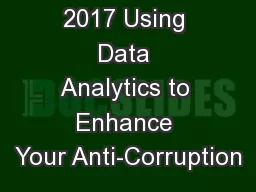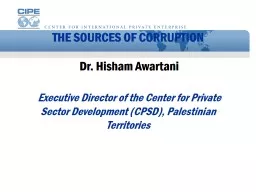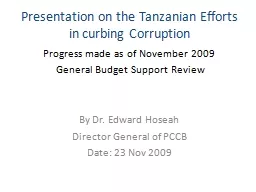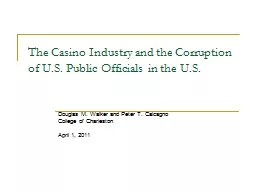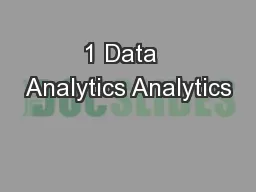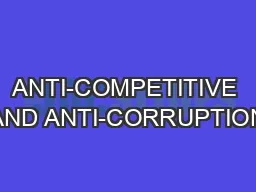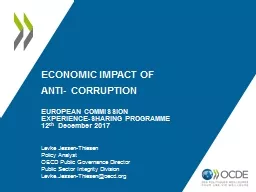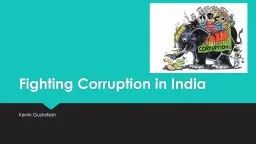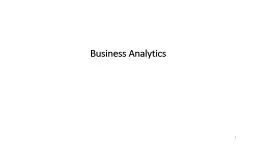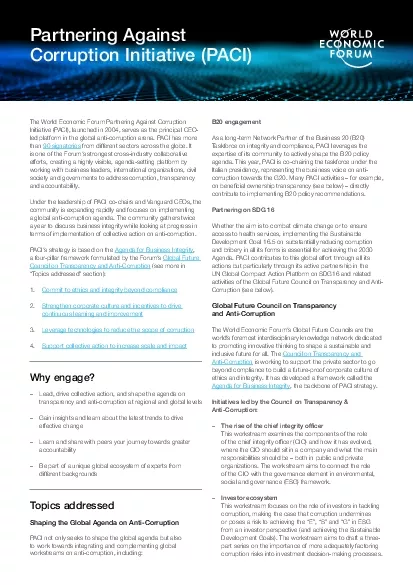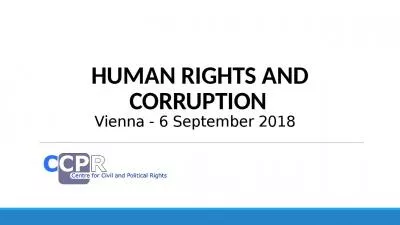PPT-October 26, 2017 Using Data Analytics to Enhance Your Anti-Corruption
Author : trish-goza | Published Date : 2018-03-11
Sharon J Zealey Introduction to analytics review for IFBEC AP Transactions Pcard payments TampL expenses Petty Cash transactions Third party payments Charity Political
Presentation Embed Code
Download Presentation
Download Presentation The PPT/PDF document "October 26, 2017 Using Data Analytics to..." is the property of its rightful owner. Permission is granted to download and print the materials on this website for personal, non-commercial use only, and to display it on your personal computer provided you do not modify the materials and that you retain all copyright notices contained in the materials. By downloading content from our website, you accept the terms of this agreement.
October 26, 2017 Using Data Analytics to Enhance Your Anti-Corruption: Transcript
Download Rules Of Document
"October 26, 2017 Using Data Analytics to Enhance Your Anti-Corruption"The content belongs to its owner. You may download and print it for personal use, without modification, and keep all copyright notices. By downloading, you agree to these terms.
Related Documents

